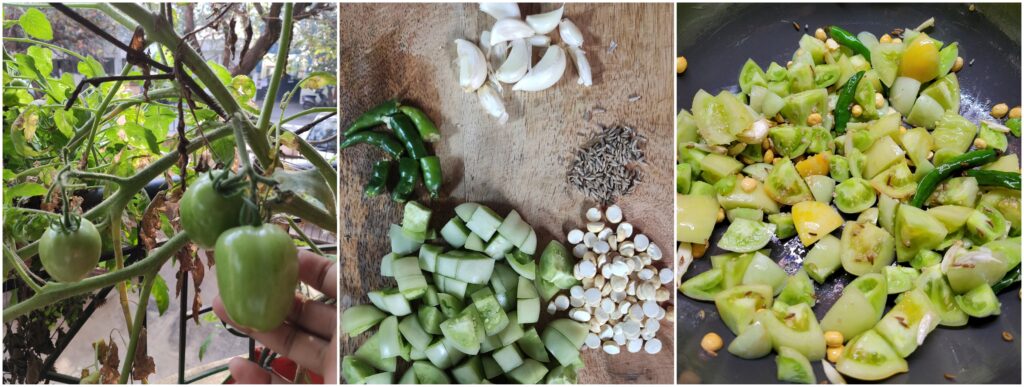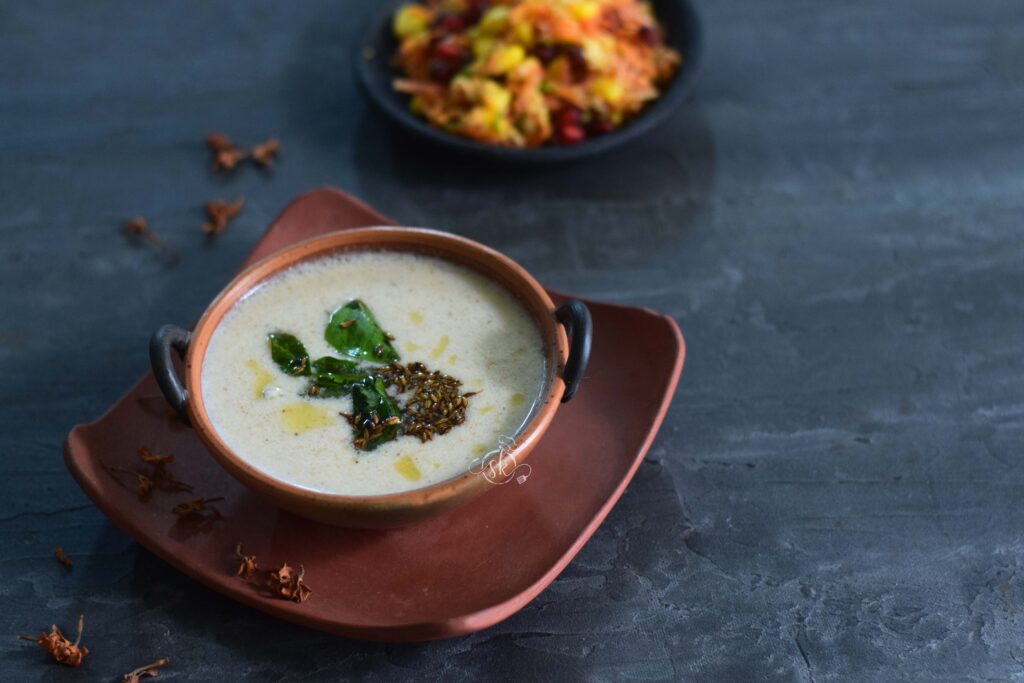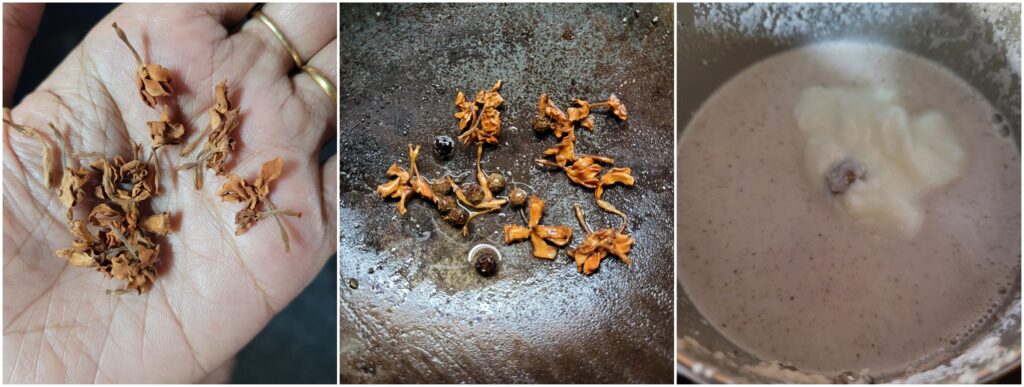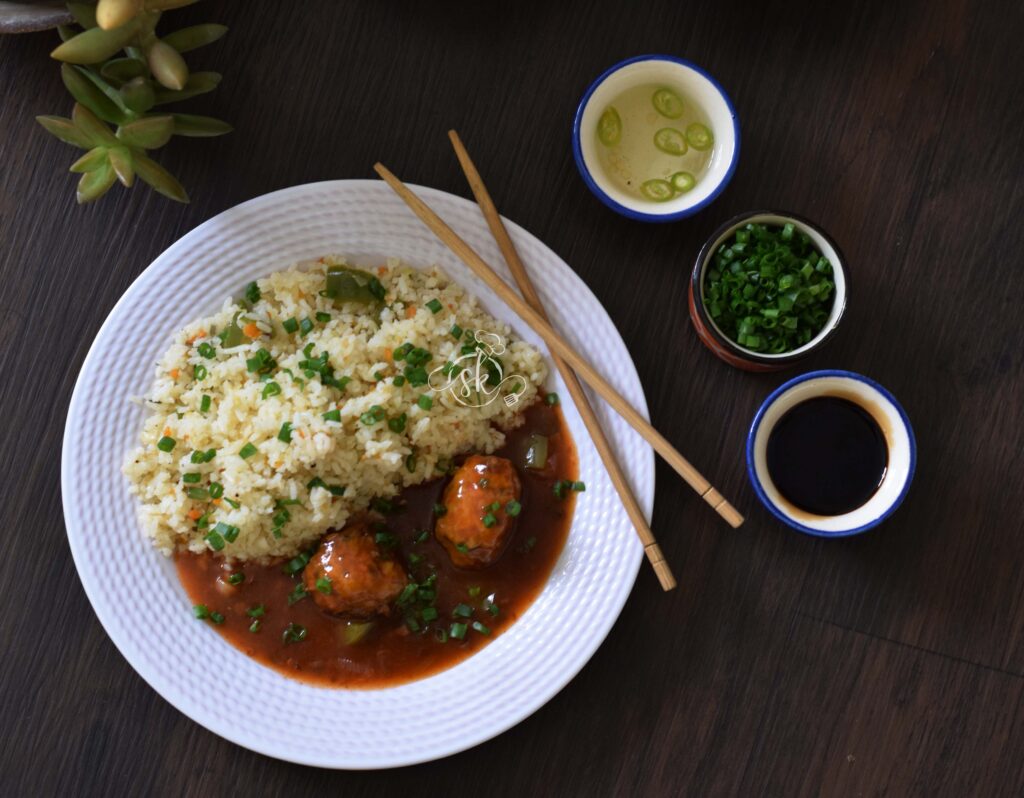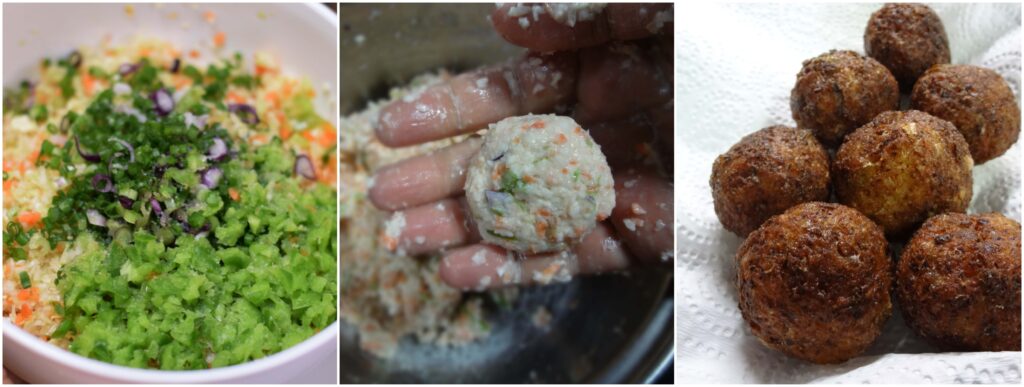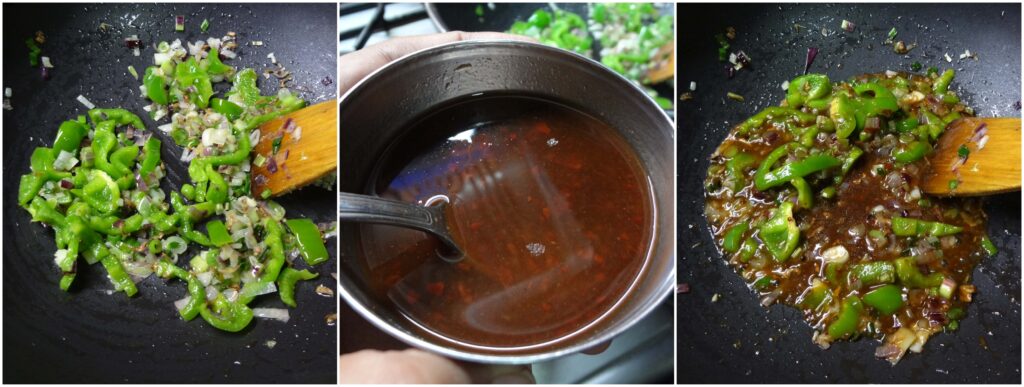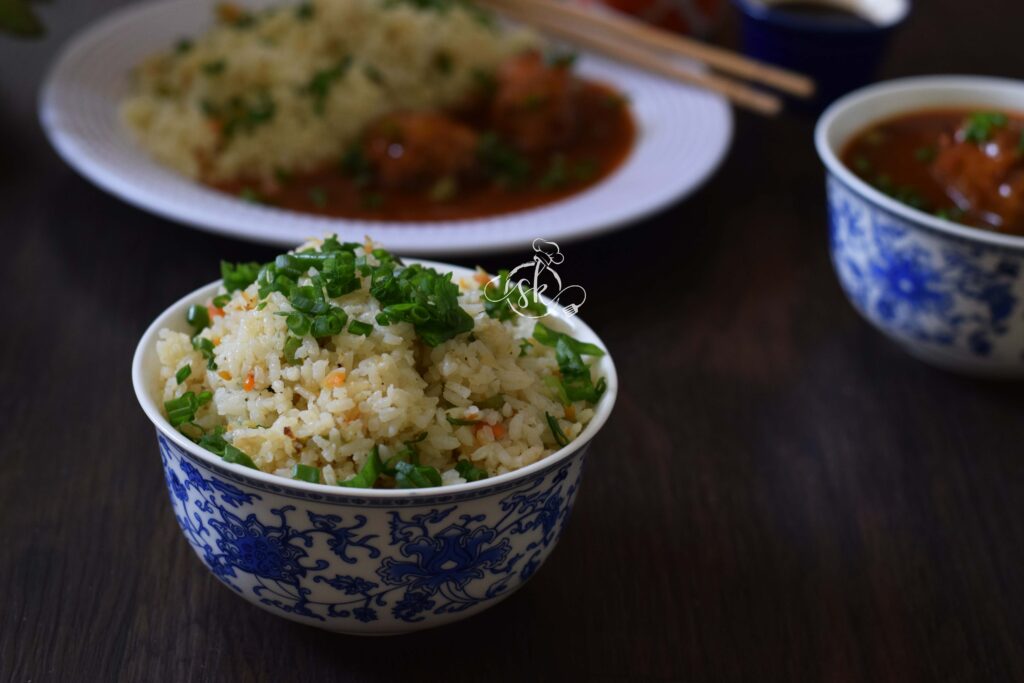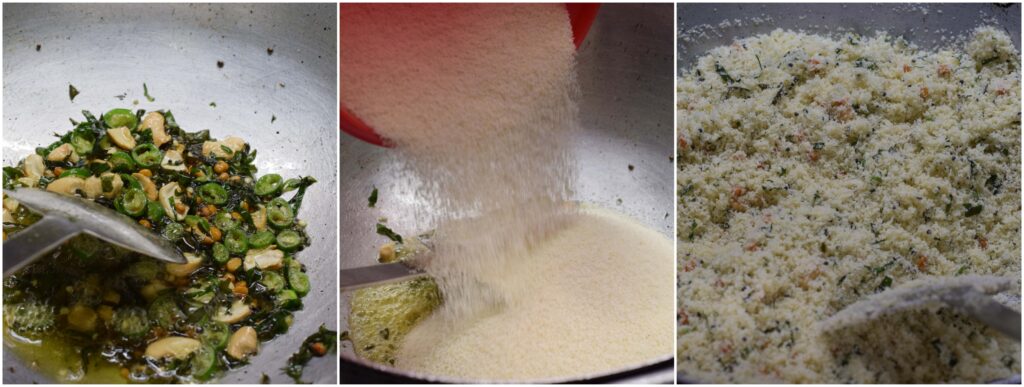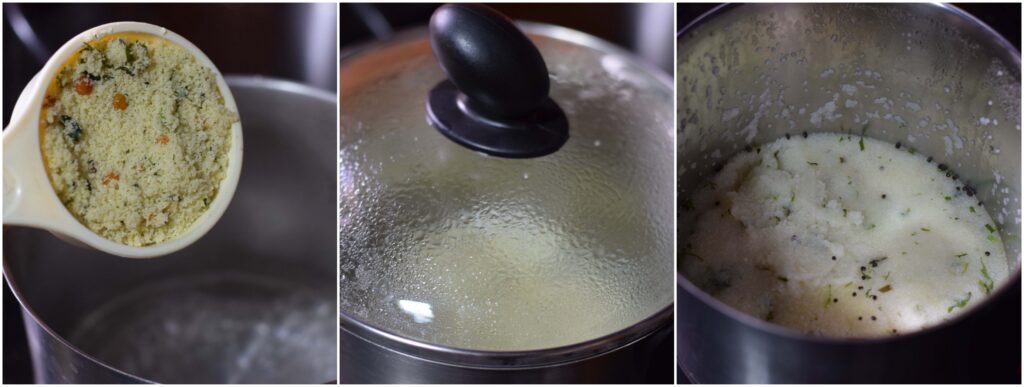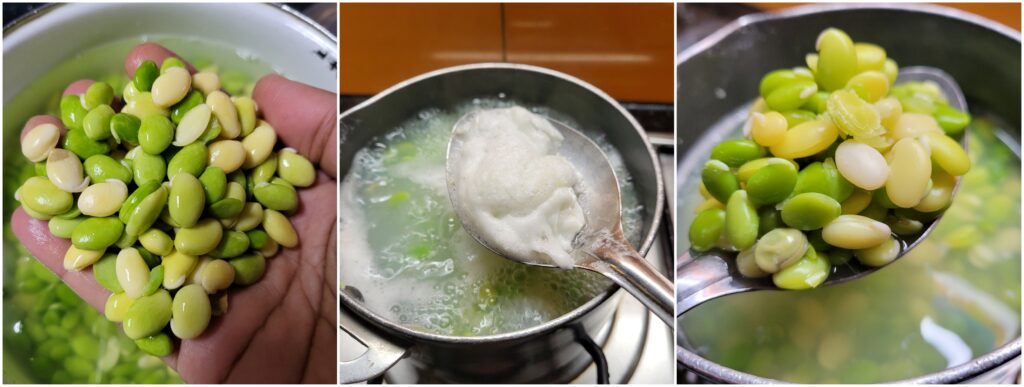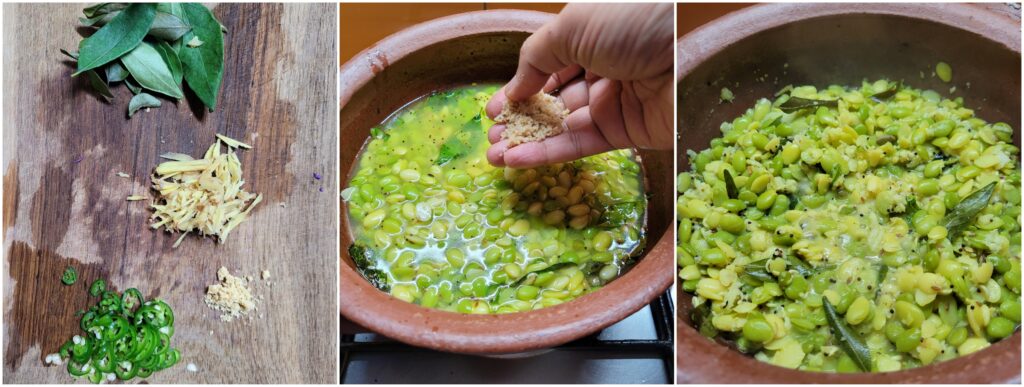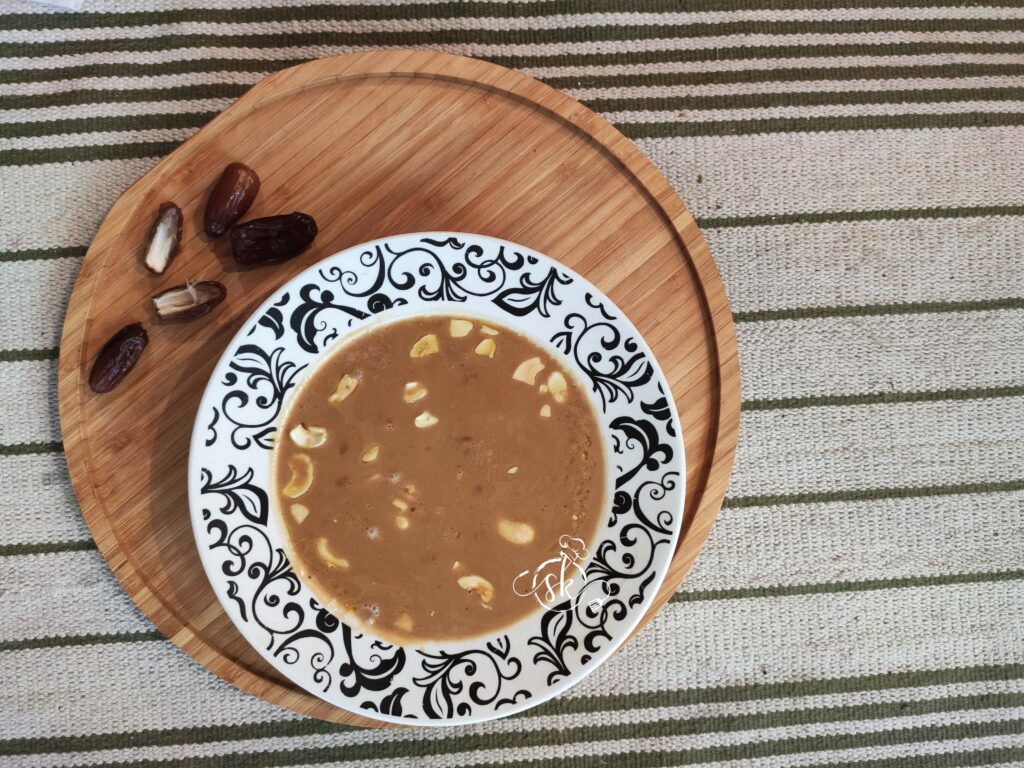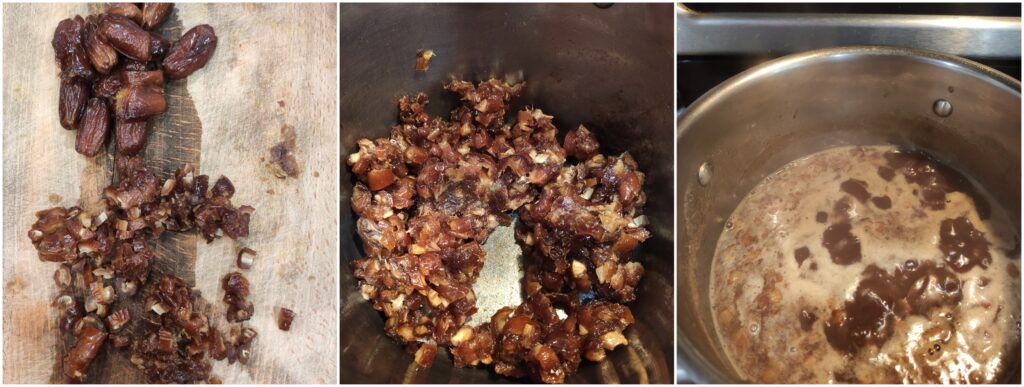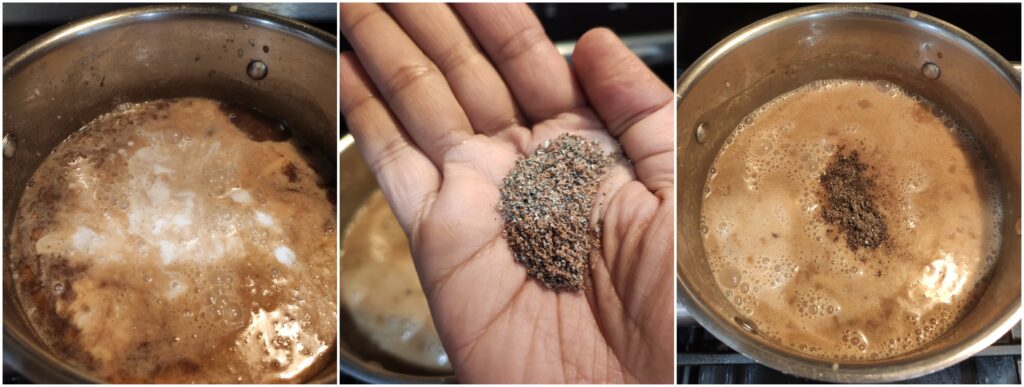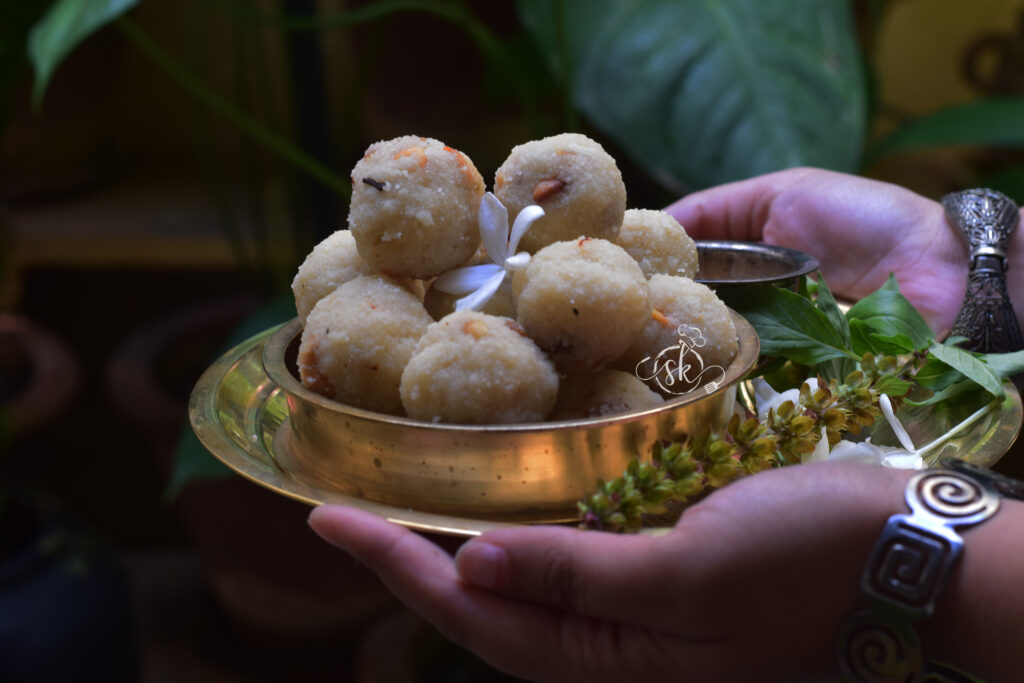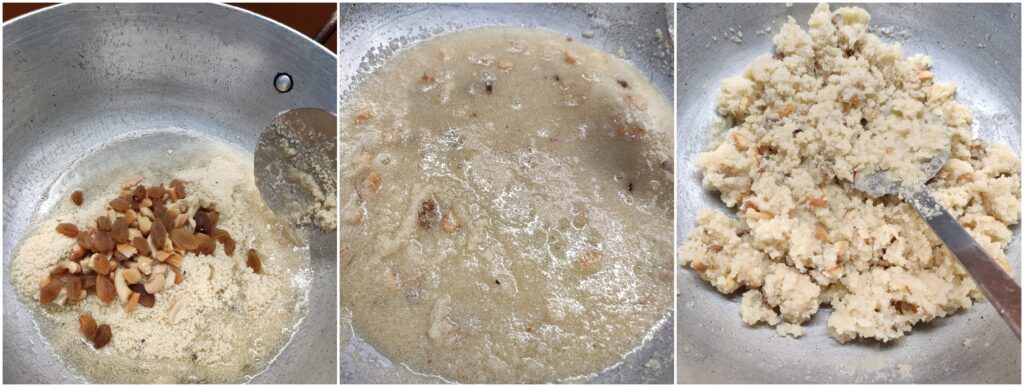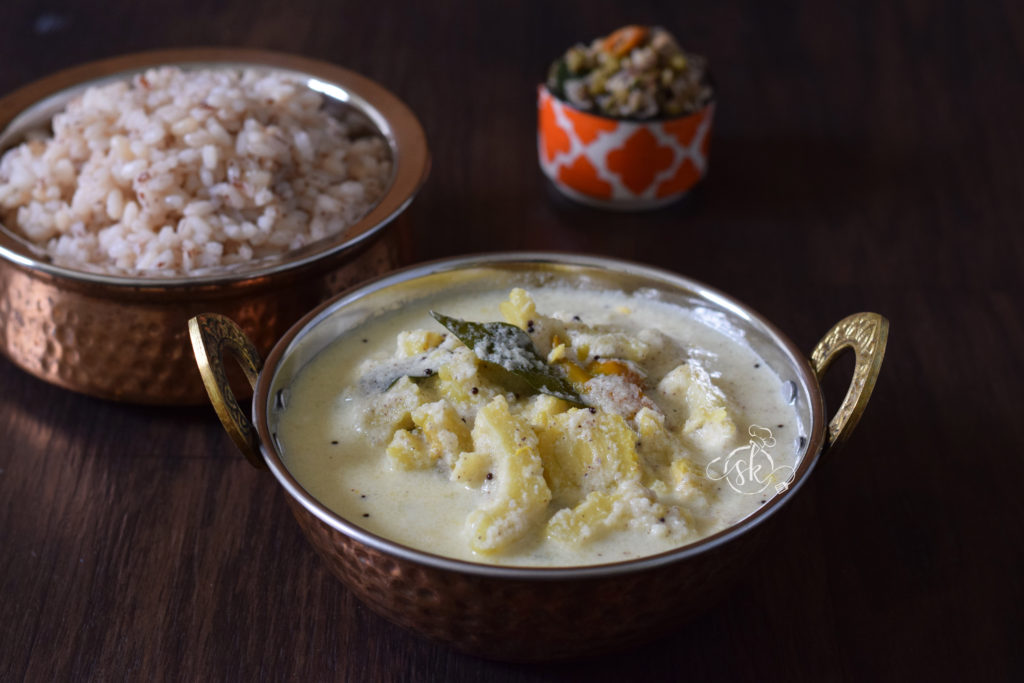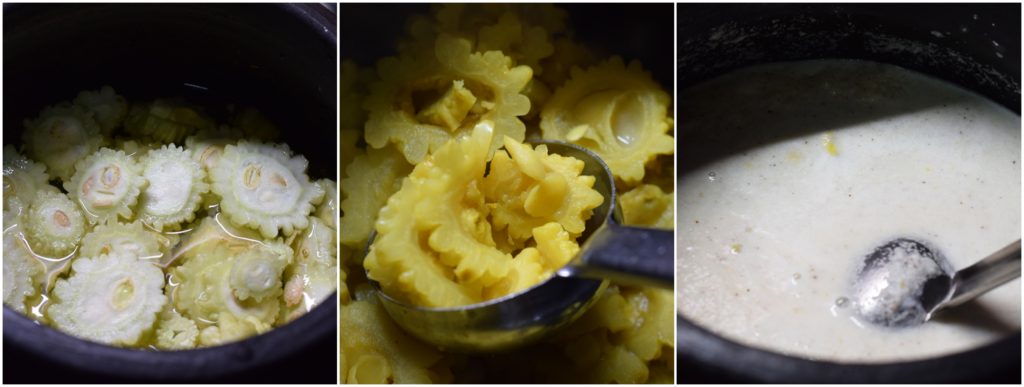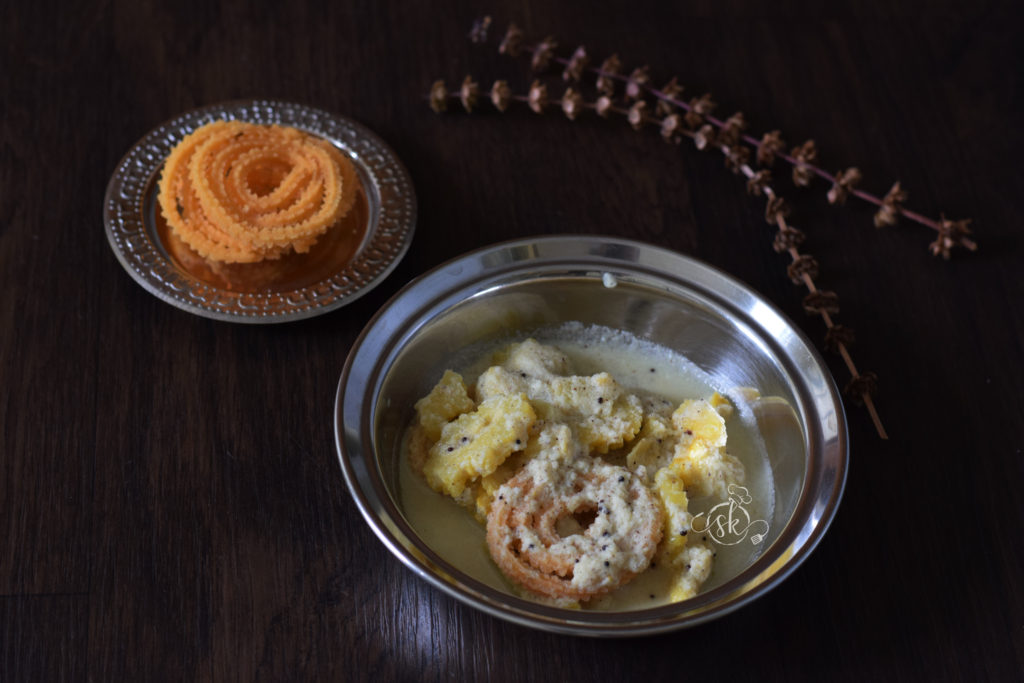One of the easiest, quick, and most handy pre-mix for working or student individuals. I have been making this upma mix for the past three years, and it has gained popularity among my family and friend circles. After typing so many times, I thought, let me share it here and save it.
For Instant Upma Mix:
Ingredients:
Upma rava / Bombay Rava – 500 grams ( one can use multi-millet rava as well)
Oil – 3 to 4 tablespoons
Mustard – 2 tsp
Cumin – 1 tsp
Urad dal – 1 tbl sp
Chana dal – 1 tbl sp
Hing – ¼ tsp
Cashew bits – (optional)
Curry leaves – 2 springs ( finely chopped)
Green chillies – 2 ( finely chopped)
Coriander leaves – 3 tablespoons (finely chopped)
Method:
First, chop the curry leaves, green chillies and coriander leaves and air dry( inside the room) for 3 to 4 hrs. It would help to dry out all the moisture.
After that, For seasoning: Oil, mustard, cumin, hing, curry leaves, and green chillies.
How to make: Take one kadai, add oil, splutter mustard, hing, curry leaves, and green chillies and fry until chillies are fried and crisp.
-Now add Rava and cumin, and fry till it is grainy. Add coriander leaves, and fry until it is crisp. Switch off the gas.
-Cool the mixture, and pack it in an airtight container or a zip lock bag.
Cooking Process: For One individual
1) If you have access to an induction or gas stove:
Take one tawa, heat one tbl spoon of oil, add lots of onions, chillies, salt, and chopped preferred veggies and add water to boil. When boiling, add half a cup of ready upma mix and cook on a low flame. Allow for 2 to 3 minutes by closing the lid and having it.n You can garnish with lemon, grated coconut, or chopped fresh coriander.
2) If it is in Kettle,
-Take one cup of water with the required amount of salt.
-Switch on the Kettle (Boil mode). When water starts boiling, add ½ cup upma ready mix.
-The Kettle would turn off automatically within 2 ½ minutes if the lid is on. Keep it as it is for 5 to 10 minutes.
-After taking out the Upma, pour water for the used Kettle to soak in before you start eating.
-In this way, the Kettle will be ready for washing by the time you finish eating. You can use liquid dishwashing soap and a nonabrasive scrubber to clean the inside. Take care of the outside base (no water should enter)
Note: Here, I have not used any coconut.

